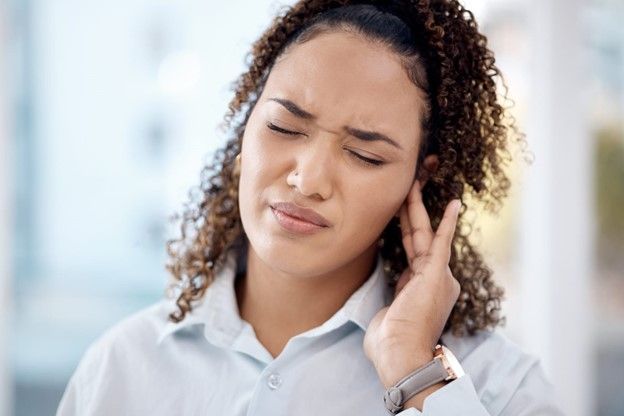What If Ear Tubes Don’t Fall Out?
If your healthcare provider has suggested inserting an ear tube, it's essential to schedule a visit with an ENT specialist. Read on to discover more about the purpose of ear tubes, their insertion process, and what to do if they fail to fall out naturally.
What Are Ear Tubes, and Why Are They Inserted?
Ear tubes, also known as tympanostomy tubes or grommets, are small tubes inserted into the eardrum to treat recurrent ear infections or fluid buildup in the middle ear. They help equalize pressure, ventilate the middle ear, and prevent fluid accumulation. Ear tubes are commonly used in both children and adults with chronic ear problems.
Overview of the Ear Tube Insertion Procedure
The ear tubes procedure, known as tympanostomy tube placement, involves a surgical procedure to insert tiny tubes into the eardrum. This procedure typically lasts less than 15 minutes and is usually performed on an outpatient basis by an ear, nose, and throat (ENT) specialist. In children, the procedure is typically performed under general anesthesia to ensure the child remains comfortable and immobile throughout the procedure. Adults can undergo the ear tubes procedure while awake under local anesthesia. Once inserted, the tubes remain in place for several months to a few years before naturally falling out as part of the eardrum's healing process.
Risks of Ear Tubes Staying in the Eardrums for Too Long
When ear tubes do not fall out on their own, it can lead to various complications and issues. Some of the potential problems associated with retained ear tubes include:
- Infection Risk: Retained ear tubes can increase the risk of recurrent ear infections, as they provide a pathway for bacteria to enter the middle ear.
- Blockage: Over time, debris and wax can accumulate around the retained ear tubes, leading to blockages that affect hearing and require medical intervention.
- Tympanic Membrane Perforation: Prolonged presence of ear tubes can cause damage to the eardrum (tympanic membrane), resulting in perforation that may require surgical repair.
- Chronic Discharge: Retained ear tubes can lead to chronic ear drainage or discharge, causing discomfort and increasing the risk of infection.
- Cholesteatoma: When ear tubes remain in place for an extended period, they can create a persistent pathway for skin cells to accumulate and form a cholesteatoma. This condition can lead to hearing loss, ear drainage, ear pain, and potentially serious complications if left untreated.
While ear tubes are generally designed to fall out on their own after a certain period, there are instances where they may not do so as expected. In such cases, it is important to seek medical advice from an ENT specialist to evaluate the condition of the retained ear tubes and determine the appropriate course of action.
At ENT Medical and Surgical Group, we offer high-quality treatments for ear problems to patients in New Haven, North Haven, and Branford, Connecticut. Schedule a consultation today!













